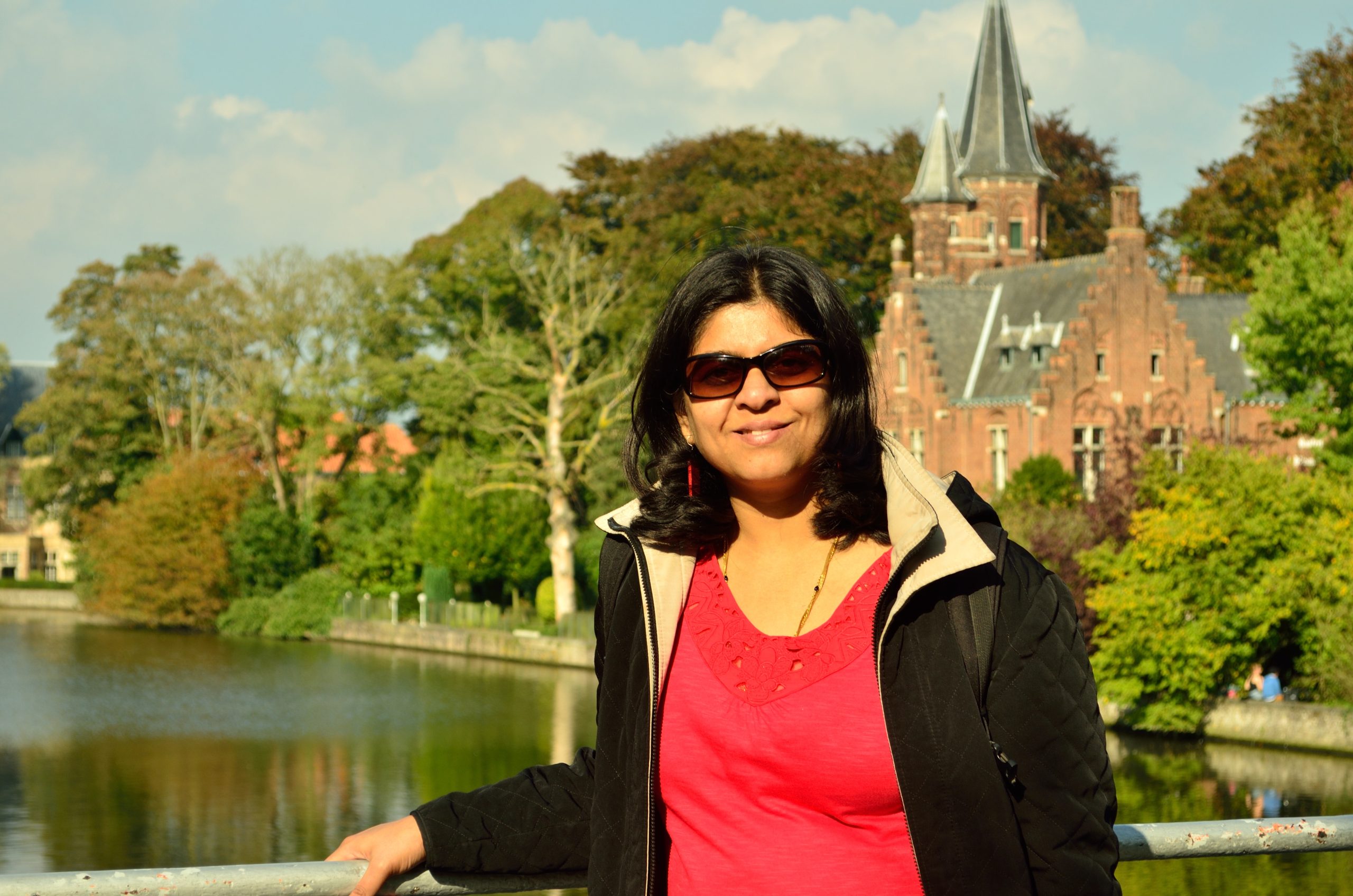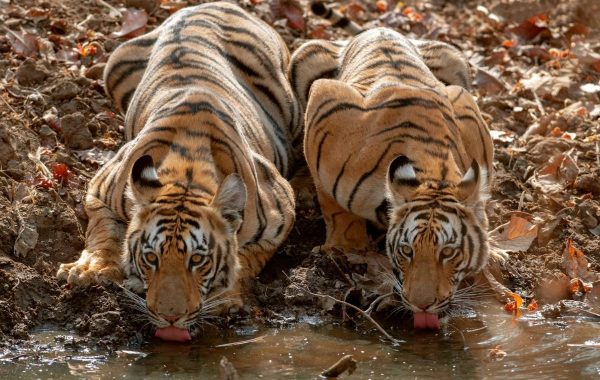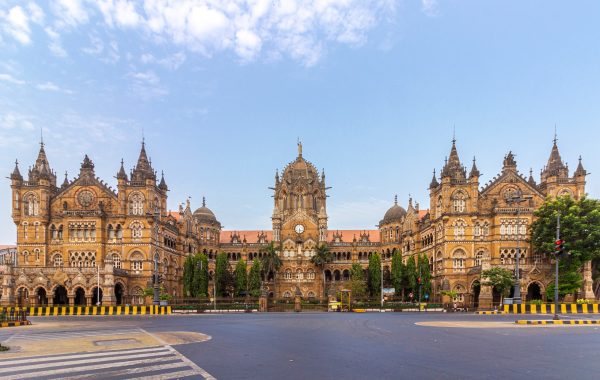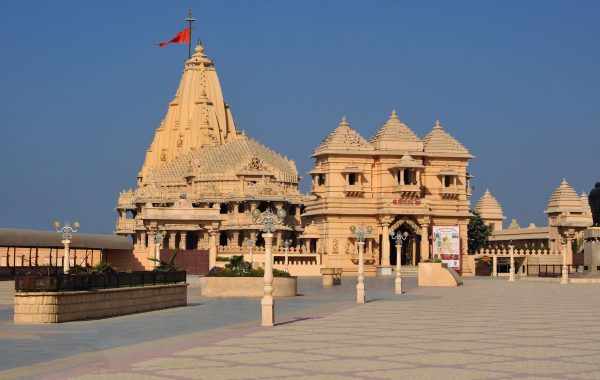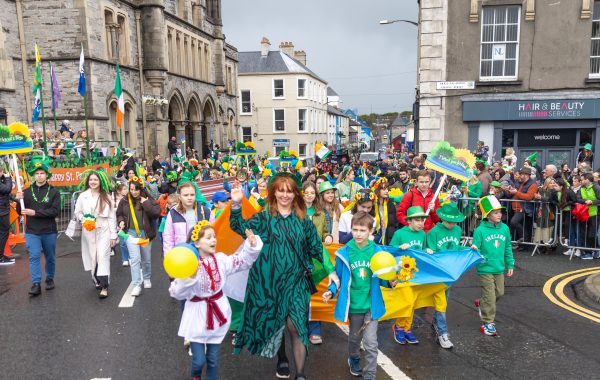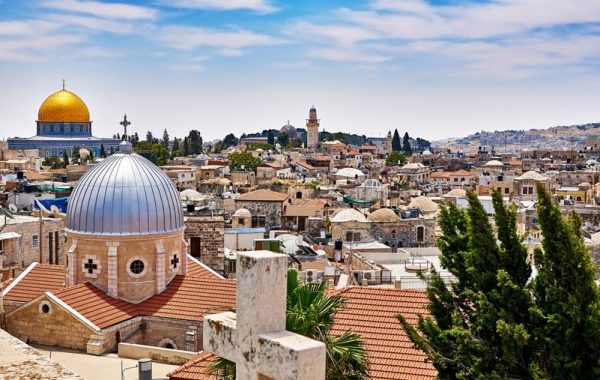Nyokum Festival. Photo: Arunachal Tourism
It is surreal to wake up to the golden peaks of the Eastern Himalayas in “The Land of the Dawn Lit Mountains.” Every sunrise in Arunachal Pradesh is sacred and whispers tales of mysticism and magic. Nestled in the North East region of India, Arunachal Pradesh is known not just for its rugged terrain with towering mountains and emerald-tinged forests, but also for the indigenous communities who add to the cultural tapestry with their unique traditions, festivals, rituals, and arts. The vibrant spirit can be seen in the slew of festivals and fairs as Arunachal Pradesh is always in a celebratory fervour. Every festival in Arunachal is unique but most of them celebrate the common themes of togetherness, harvest and gratitude to the nature deities. Plan a visit to Arunachal Pradesh during these fascinating festivals which will enrich your travel experiences.
Tamladu Festival
One of the oldest festivals in Arunachal Pradesh, Tamladu or Tamla Du is celebrated by the Digaru Mishmi tribe in the Lohit District around February 15 every year. As the tribes worship nature, they celebrate with a prayer to the Gods of Earth and Water to protect them. A three-day festival, the festival celebrated by one of the most primitive tribes is seen as a tribute to their ancestors besides observing traditional customs relating to harvest and abundance. Tribal dances mark the grand spectacle as traditional food is served during the festival.
Myoko
A celebration of friendship, the Myoko festival is a lively fiesta by the Apatani tribes who are tucked away in the verdant valleys of Ziro. Celebrated in the last ten days of March, the festival heralds the time when fresh paddy is sown in the fields and prayers are offered for a fertile harvest. Each of the eight villages takes turns to organise the festivities which also evokes a sense of bonding. As these tribes are animists they believe in the world of spirits and worship the sun and moon and elements of nature. Plan a trip to lush Ziro to soak in the festive spirit.
Nyokum
Nyok means land or earth and Kum refers to coming together. The Nyishi Tribe celebrates the festival as a grand welcome to all the celestial beings on earth as they invoke Goddess Nyokum, the Goddess of Prosperity to protect them. The atmosphere is filled with dancers in colourful costumes as they perform the traditional Rikhampada dance. Celebrated from Feb 23 – 28 with symbolic rituals, animal sacrifices and folk dances, the festival has been celebrated for many decades.
Mopin
Celebrated by the Galo Tribes of East Saing, Lower Siang, Leparada, Upper Subansiri and West Siang districts of Arunachal Pradesh in the month of April, Mopin is a blend of grace and gaiety as the tribes in their traditional white dance away, smear a paste of rice flour on each other faces, chase negative shadows and spirits, do ritualistic sacrifices and pray to the Goddess Mopin Ane for wealth and prosperity. The women perform the rhythmic “Popir dance” while folk music echoes from the arena. The Galo tribes are animists and the agricultural festival celebrates harvest with sumptuous food made with rice and bamboo shoots.
Solung
If you are in Arunachal Pradesh during the first week of September, you can join in for a week-long harvest festival celebrated by the Adi tribe in high spirits with a lot of fanfare. Solung is celebrated just after the seeds are sowed in the fields as the people pray to the Goddess of Prosperity, Kine Nane and the God of the domestic animals, Doying Bote for a fertile harvest. The festival also celebrates the creation of life on earth and ancestral worship. Dressed in bright traditional attire with colourful beads and headgear, the women sing Ponung songs and perform traditional dances. Locals enjoy a sumptuous feast and drink plenty of Apong.
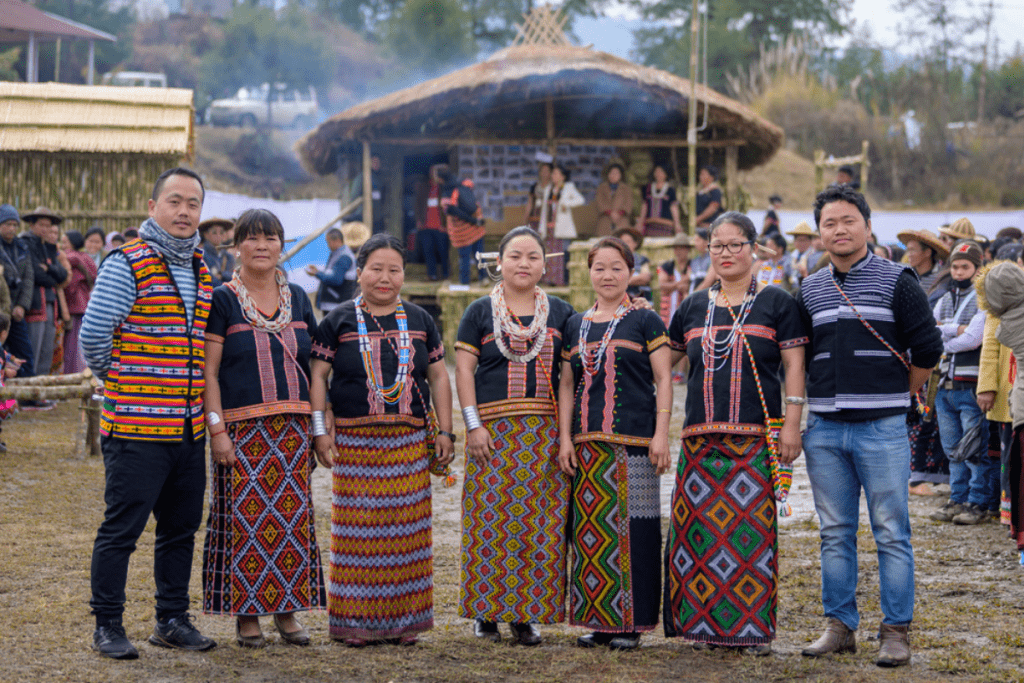
Losar
The most vibrant, mystical and enchanting of all festivals, Losar is the New Year celebration of the Monpa tribes and it also marks the Tibetan New Year, the first day of the lunar calendar and the beginning of spring. If you are at the Tawang Monastery, you can see Aji Lhamu, a traditional mask dance in elaborate costumes depicting the victory of good over evil. A fifteen-day celebration from February 12, the first three days are the most significant. Every home is decorated with auspicious symbols as the fragrance of incense is in the air and the flags are fluttering everywhere. In the evening torches are lit to ward off evil spirits. Traditional sweets and savourites called Dresil and Kabse are prepared and sacred offerings are made to the deities in the Tawang monastery. A celebration of Losar is not complete if you have not had the local beer, Chhang or Changkol.
Reh
The Idu Mishmi community celebrate Reh with prayers to their Divine Mother, ‘Nanyi Inyitaya’ for well-being and prosperity. Celebrated on February 1 for six continuous days, the people perform the traditional Naya dance, conduct sacrificial rituals, make offerings to the deities, sow seeds smeared in blood, drink copious amounts of rice wine called Yunyiphri and enjoy a sumptuous feast.
Oriah
Celebrated with much colour and splendour by the Wancho community in the Longding district in spring, usually around the months of February and March, Oriah is an agrarian festival that also showcases the rich, intrinsic culture of the people and their beliefs. Wancho tribes who practise Jhum cultivation or shifting cultivation showcase their customs, traditions with music, dances and feasts. Rituals are intrinsic to every festival. Ju-O for instance is a ritual performed when the “Lord of the Sky” – Jowan Zang’s name is chanted while rice beer is offered to the deity, praying for an abundant harvest.
Sangken
Sangken called the Festival of Water is also the Buddhist New Year celebrated in mid-April from 14-16 by the Khamti tribes of Lohit District. A symbolic representation of purification, the festival marks people sprinkling water on each other and pouring water on Buddha statues. While the ablutions are characteristic of the festival, the people also celebrate with other rituals and customs, music, dances and feasts. The Buddha statue after the ceremonial bath is taken out on a procession with musicians playing the traditional instruments,
Longte Yullo
Another very old festival celebrated by Nyishis tribe in Arunachal Pradesh. Longte Yullo is celebrated with a lot of fervour and gaiety in April. The harvest festival is celebrated with more compassion with bamboo flowers and white feathers of domestic fowls on the altar. There is a lot of revelry and dances as the celebration marks the beginning of a new season and seeks to ward off evil spirits as well.
There are several other fairs and festivals that are celebrated in Arunachal Pradesh which is a repository of the many traditions and beliefs of the different indigenous tribes. Boori Boot festival by the Nyishi tribes is a fun-filled festival in February with archery, tug of war and other games and traditional dances to invoke the spirits to protect them from diseases. Dree Festival is marked by traditional games, agrarian customs, rituals , offerings of rice beer to the Gods and the Daming dances by the Apatanis in July. Nechi Dau celebrated in November by the Hruso or Aka tribes to appease the gods and ward off evil spirits. Another colourful harvest festival is the Chalo Loku festival by the Nocte tribe in Tirap district celebrated in November.
In Partnership with Arunachal Pradesh Tourism
For the latest travel news and updates, food and drink journeys, restaurant features, and more, like us on Facebook or follow us on Instagram. Read more on Travel and Food Network
Related Coverage
Discover The Beauty Of Arunachal Pradesh Through Bird And Butterfly Spotting
Trekking The Seven Lakes In Arunachal Pradesh
Orange Festival of Music and Adventure | Arunachal Pradesh





